If you’re a fan of One Piece (or are even just familiar with anime in general), then you’ve likely at least heard about Netflix’s live-action One Piece adaptation. In this article, we’ll go over all of the major differences between Netflix’s One Piece and the anime!
All Major Differences Between Netflix’s One Piece and the Anime
On August 31st, 2023, Netflix released their live-action adaptation of One Piece to mixed, but overall positive, reactions from fans.
We all know the many ways in which live-action adaptations can go wrong, especially when they’re based on long series (does anyone still remember the 2010 Avatar The Last Airbender live-action?), but it seems as though Netflix really came through for us on this one.
Despite this, there are still a few things that Netflix, understandably, ended up leaving out of their show. After all, trying to cram over 1,000+ episodes worth of content into a shortened, live-action version of the series would be nearly impossible, so it’s understandable why they’d choose to leave in only the essential details.
Here are all of the major differences Between Netflix’s One Piece and the anime, and please note that a spoiler warning is in effect!
Nami’s Backstory
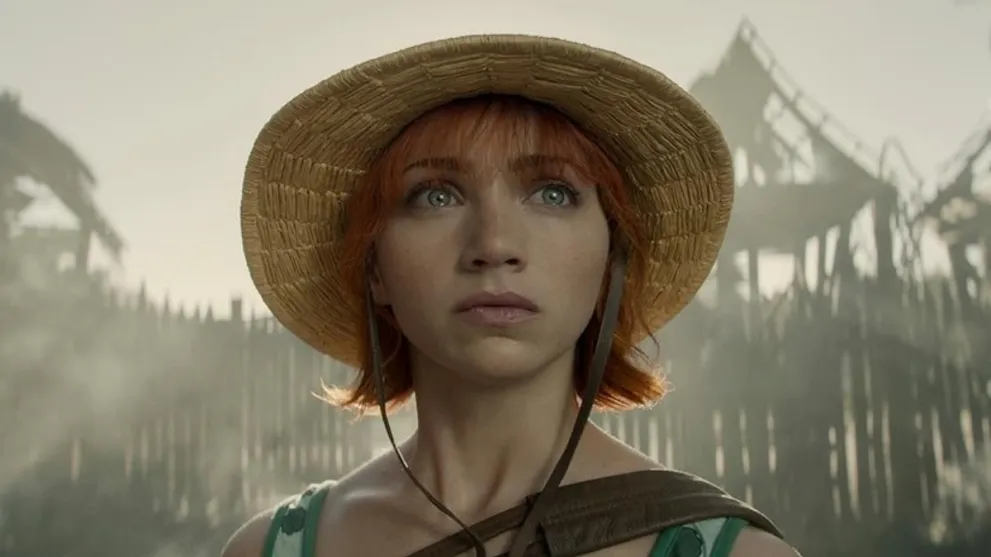
Regardless of how much of the original anime you’ve actually watched (1,100+ episodes can be a hard pill to swallow), most people are at least aware of Nami’s backstory and how she came to be the Strawhat Pirates’ beloved navigator.
For those who are unaware, in the anime, Nami’s village had been taken over by an evil fish-man, Arlong, and his goons during her childhood. Nami had been “working” for Arlong ever since while stealing money from pirates to save up enough cash to buy back her village and its people from him. The villagers were secretly aware of her plan to save them, though they pretended to hate her for “working with the enemy” so that she would feel discouraged and stop wasting her life on trying to rescue them.
In Netflix’s live-action adaptation, however, the villagers had no idea that Nami was trying to save them all along and actually hated her for real. This revelation was, frankly, heartbreaking, and it left a lot to be desired as far as Nami’s backstory went.
Merry’s Demise
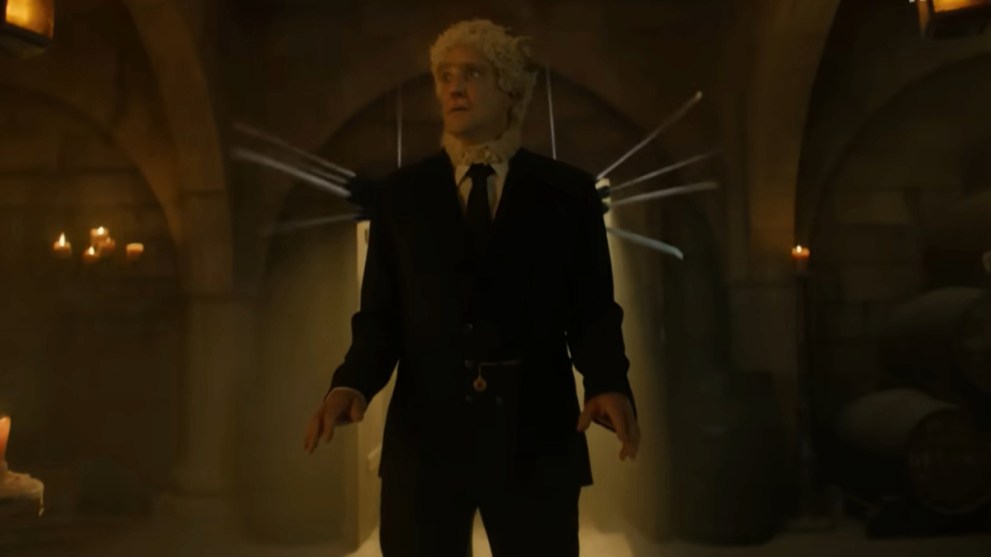
Merry is among the first characters we meet in season one of the One Piece anime, and though he doesn’t really get a whole lot of screen time, he’s still a beloved figure of the series. After all, he’s the reason that the Strawhat Pirates were able to sail on the Going Merry!
If you didn’t already know or you simply forgot, Merry is Kaya’s faithful servant and friend who was introduced in the Syrup Village arc. In the anime, he risked his life and nearly died to save Kaya from Kuro, who was an evil pirate disguised as one of her servants. He managed to survive Kuro’s vicious attack and eventually went on to gift the Strawhat Pirates with the Going Merry, a ship that he personally designed himself.
Just about everyone can agree that Merry is an all-around good character who rightfully escaped death in protecting his loved ones. Apparently, however, Netflix didn’t feel the same. Instead of narrowly escaping death’s clutches, Merry is just straight-up murdered by Kuro in the live-action adaptation. This came as a massive disappointment to fans of the anime, as no one really feels as though his death was even necessary.
Sanji’s Eyebrows
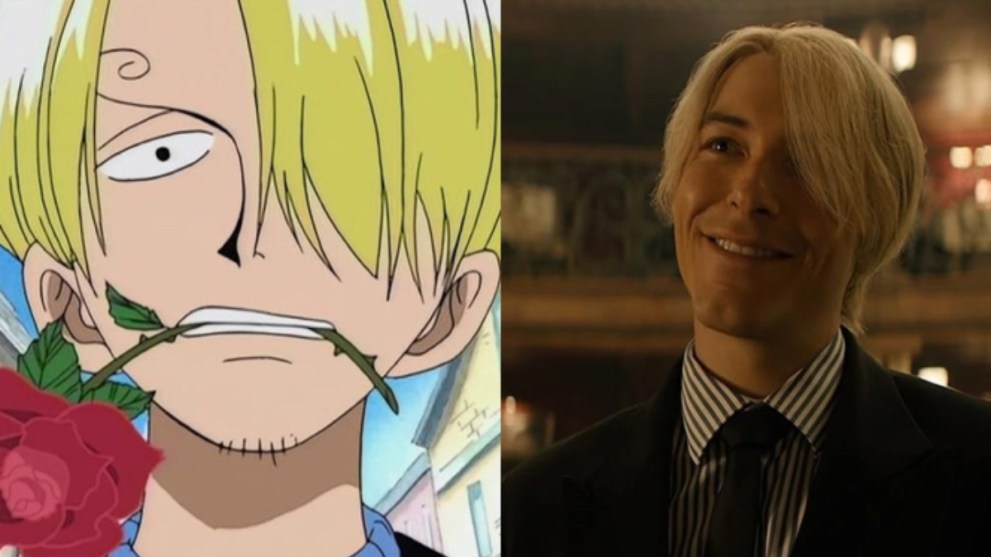
Okay, this one might sound silly, but hear me out here. When I initially heard that Netflix was making a live-action adaptation of One Piece, one of my immediate first thoughts was “but how are they going to get Sanji’s curly eyebrows right???”. Well, it turns out that I didn’t need to worry about that at all because Netflix decided to just give Sanji normal, human eyebrows.
This may not sound like a big deal to some, but come on. Anyone familiar enough with the anime knows that Sanji’s funky little eyebrows are practically a plot point; his nicknames are literally “curly brow” and “dart brow” for God’s sake!
To be honest, I don’t really know how Netflix could have realistically implemented Sanji’s signature curlicue eyebrows, but it’s just weird to see him up there on the screen with normal forehead caterpillars. I don’t know, I just feel like they could have tried a bit harder, here.
(Also, I know that I can’t be the only one who thinks they did my man Sanji dirty with that cheap Party City wig they glued on him.)
Garp’s Identity Reveal
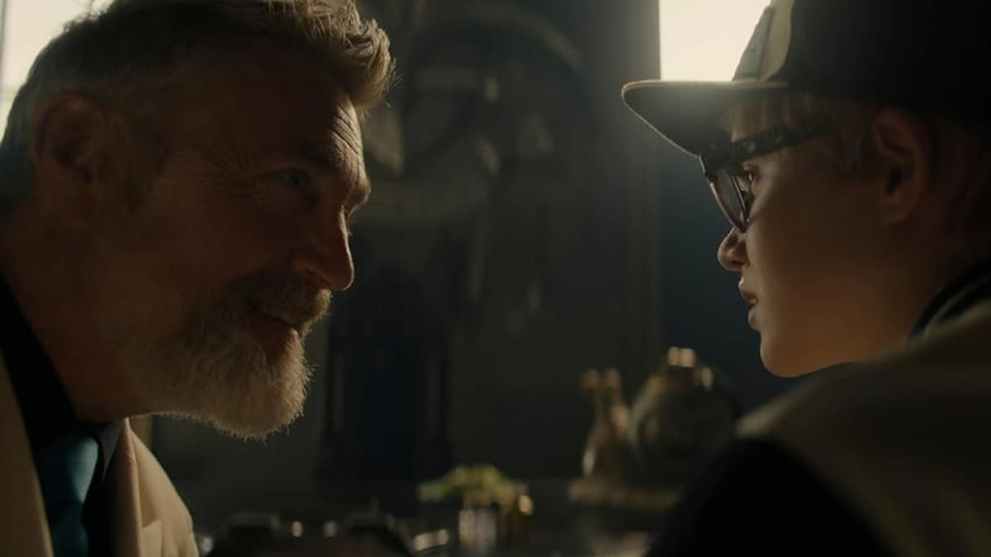
One thing that fans will likely notice right off the bat in Netflix’s One Piece is Garp’s extremely early introduction as Luffy’s grandfather. Garp‘s relation to Luffy isn’t revealed until waaaay later in the anime; like, hundreds of episodes later.
However, in the Netflix adaptation, Garp’s familial ties to Luffy are just casually mentioned off-hand in season one, ruining what is arguably one of the biggest plot twists in the One Piece anime. Overall, it just makes his introduction to Netflix’s One Piece just feel so much more lackluster than it was in the original series.
Despite this, there are still a lot of details that Netflix got right about Garp’s character, though there are also still many more things that they got wrong, too.
For example, Netflix depicted Garp taking Koby and Helmeppo under his wing in the Navy, just like he did in the anime, but Netflix also depicted him as an active participant in Gold Roger’s execution, which wasn’t anywhere in the anime. It just sort of seems like Netflix was playing a haphazard game of hot potato with Garp’s character when they threw him into the show.
(Also, can we just talk about how deliciously twink-alicious they made Koby’s character in the live-action? No? Okay.)
Usopp’s Nose
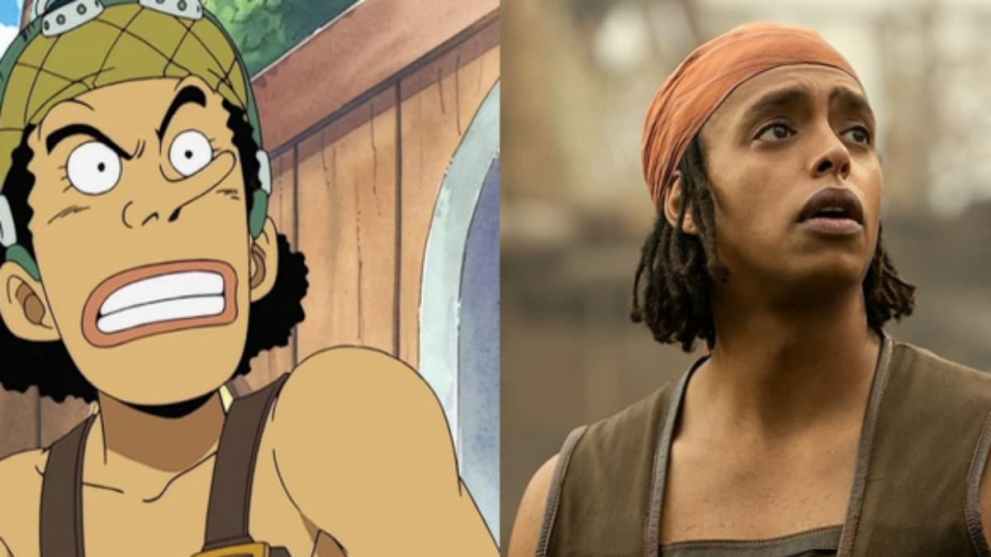
Okay, this one is sort of like the “Sanji’s eyebrows” one in the sense that it’s silly and easily overlooked, but come on, man. Usopp’s long nose is like his whole thing! His honest-to-God nickname in the anime is “Long-nose”!
Again, I don’t really know how Netflix could have realistically implemented his long nose on a real-life actor, but I mean, they managed it with Arlong’s character, so would it have really been that difficult to just slap a silly little prosthetic on Jacob Gibson and call it a day? And I mean, even if it was, CGI is capable of so much these days; there’s no way that it’s incapable of making an actor’s nose a little longer on-screen.
I know that Usopp having a normal nose in the live-action isn’t necessarily a deal-breaker for most, and it really shouldn’t be. Regardless, however, it’s one of the most glaringly obvious differences between Netflix’s One Piece and the anime that fans of the franchise are going to immediately notice.
Zoro’s Introduction
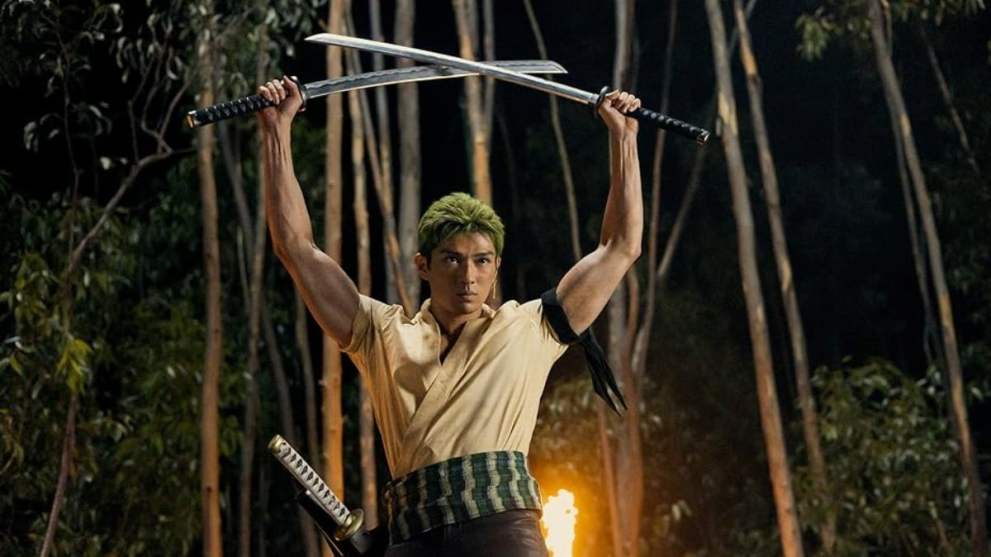
Nearly all fans of One Piece are familiar with Zoro’s introduction in the anime, as he’s the very first crew member that Luffy recruits to the Strawhat Pirates. However, his introduction and recruitment are wildly different in Netflix’s One Piece than in the anime.
In the anime, Zoro is introduced tied to a post at Captain Morgan’s base, as punishment for saving a little girl from Helmeppo and his wolves. Luffy ends up finding him and striking up a deal with Zoro, telling him he’ll find and return his swords to him if he agrees to join his pirate crew. Obviously, Zoro agrees, and the rest is history.
In the live-action adaptation, however, Zoro is introduced far differently. Instead of being tied to a post, Zoro is introduced cutting down Number 7, one of Baroque Works’ special agents. Although this is indeed a canon-compliant event, this information isn’t revealed in the anime until the Arabasta arc when he meets Vivi. The whole “tied to a post after beating up Helmeppo” thing does happen later on, but it’s not how he’s introduced, which caused a lot of confusion for fans of the original series.
The Humor
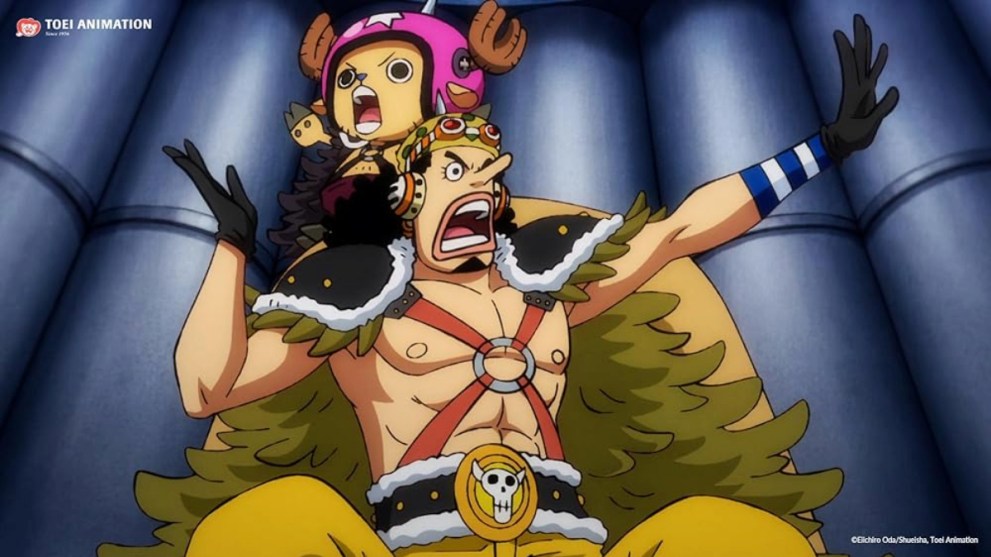
One of the most glaring differences between Netflix’s One Piece and the anime is the amount of humor that’s included in the episodes. Fans of the original series are used to near-constant goofy antics from the characters, in addition to random scenes full of the characters goofing off, telling jokes, pulling pranks on each other, etc.
However, in the live-action adaptation, there isn’t as much of the humor and goofiness that fans have come to expect from the franchise. The adaptation isn’t by any means devoid of all humor entirely, but there’s definitely much less than its anime counterpart.
Netflix isn’t entirely to blame for this discrepancy, though. After all, trying to condense that many episodes into a single, shortened version of the series doesn’t leave much wiggle room for jokes. Netflix just had to make a few sacrifices in the name of efficiency, and those sacrifices just so happened to come in the form of the anime’s humorous filler content, which is honestly fair.
The Usopp Pirates
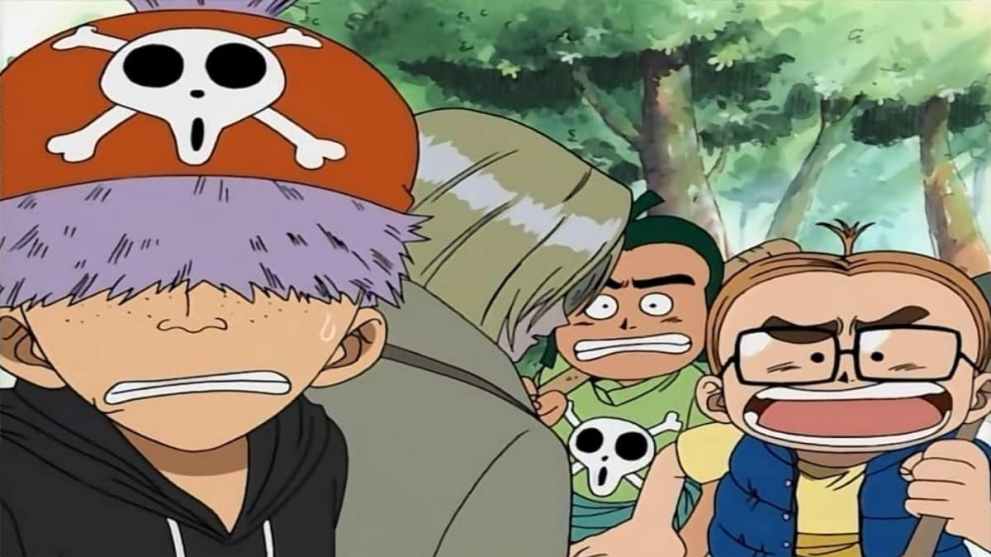
Fans of the original series will likely remember Usopp’s former “pirate crew”, the Usopp Pirates, from the Syrup Village arc. The Usopp Pirates were made up of four members: Usopp (duh), Tamanegi, Ninjin, and Piiman. The latter three members were children from Syrup Village and Usopp’s closest friends; however, Netflix decided to exclude them entirely from the live-action.
In the anime, the Usopp Pirates played a large part in the Syrup Village arc and provided a meaningful backstory for Usopp’s character. Additionally, they helped save Kaya from Kuro while she was being hunted by him and his crew. Excluding them from the narrative entirely erases a lot of the meaning behind Usopp’s joining the Strawhat Pirates, and it takes a lot of overall emotion out of his backstory.
It’s not entirely clear why Netflix decided to eliminate the Usopp Pirates from their live-action series’s story, but it’s been speculated that it’s likely due to budgeting and time constraints. The Syrup Village arc wasn’t the longest arc in One Piece by far, but Netflix still has to condense every bit of the source material that they can in order to make it work.
Johnny & Yosaku
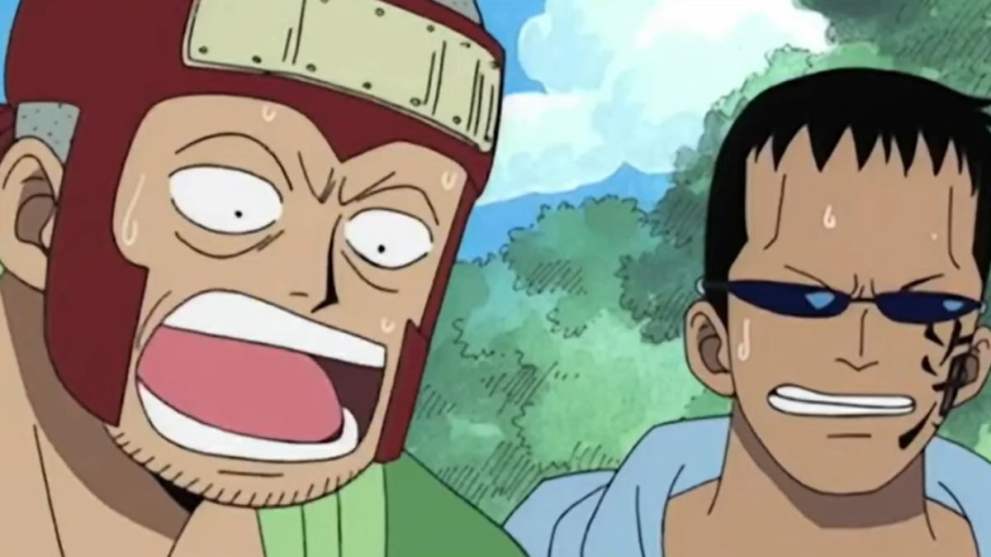
Speaking of characters that didn’t end up making the final cut, Johnny and Yosaku, Zoro’s friends from his life as a bounty hunter, were also excluded from Netflix’s One Piece. Although they were admittedly minor characters in the long run, many fans were still disappointed to see that they’d been left out of the Netflix series entirely.
Johnny and Yosaku were past friends of Zoro’s that showed back up in season 1. They ended up sticking around for quite a few episodes, including the entirety of the Arlong Park arc. They admittedly weren’t much help to the main cast in the long run, but it was still interesting to see their unique dynamic with the rest of the crew, especially Zoro. Johnny and Yosaku added a certain depth to Zoro’s backstory that made his character feel less cold and lonely, and more human.
We had been given small glimpses into Zoro’s past prior to these characters’ introduction, but these flashbacks always seemed to suggest that Zoro was largely a lone wolf with little to no friends. Johnny and Yosaku’s presence in the anime proved that Zoro wasn’t as unfriendly as he tried to make himself seem, which really helped the audience connect with his character a lot more. Their absence in Netflix’s live-action series may go relatively unnoticed by some, but for others, their exclusion feels exceedingly disappointing.
Arlong’s Visit to the Baratie
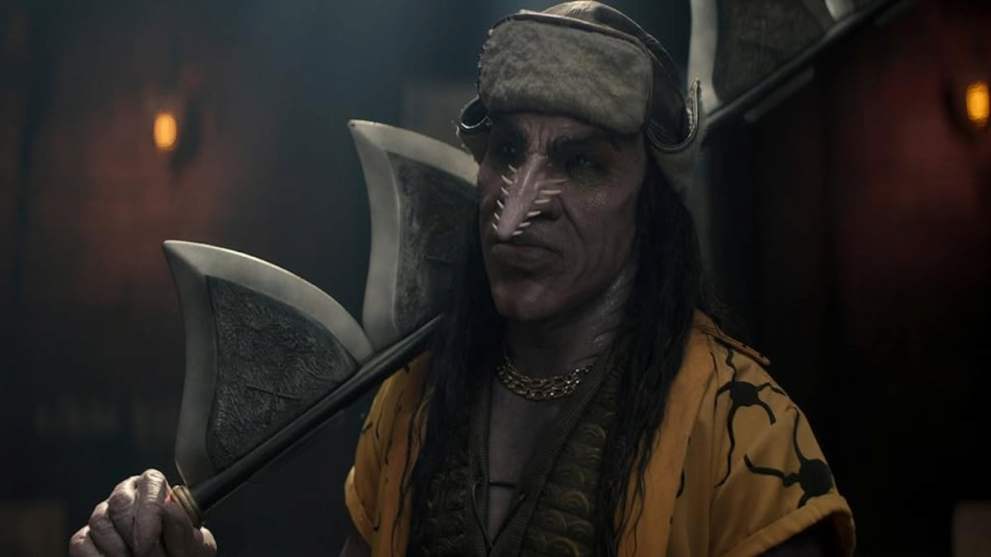
We’re ending this list off with a big, blatant bang: one of the most major differences between Netflix’s One Piece and the anime is Arlong’s visit to the Baratie. Obviously, anyone even remotely familiar with the anime knows that Arlong never actually stepped foot on the Baratie.
For whatever reason, however, in the live-action series, Arlong shows up to the Baratie and goes out of his way to wreak as much havoc as possible. This event completely and irrevocably changed how the entire arc was handled in the source material and left fans feeling more than a little confused.
This narrative discrepancy was not taken lightly by fans of the original One Piece anime, and rightly so. Arlong’s spontaneous appearance at the Baratie felt completely unnecessary and it’s not entirely clear why Netflix chose to make this change, though there has been plenty of speculation online. Whether it was because of time constraints, budgeting issues, or even just to add some extra drama to the mix, we’re still not completely sure why Netflix chose to throw Arlong and his goons into the Baratie.
Despite all of the differences between Netflix’s One Piece and the anime, the live-action series is still a pretty solid show. It may not be exactly the same as its anime counterpart, but that doesn’t necessarily mean that it’s bad; Netflix really did pour their heart and soul into making this live-action series and it deserves all the love and attention it can get. If you’re a major One Piece fan and love reading and learning all you can about the franchise, then you’d love Twinfinite’s feature on all of the “Differences Between the One Piece Manga & Anime That Every Fan Needs to Know“!

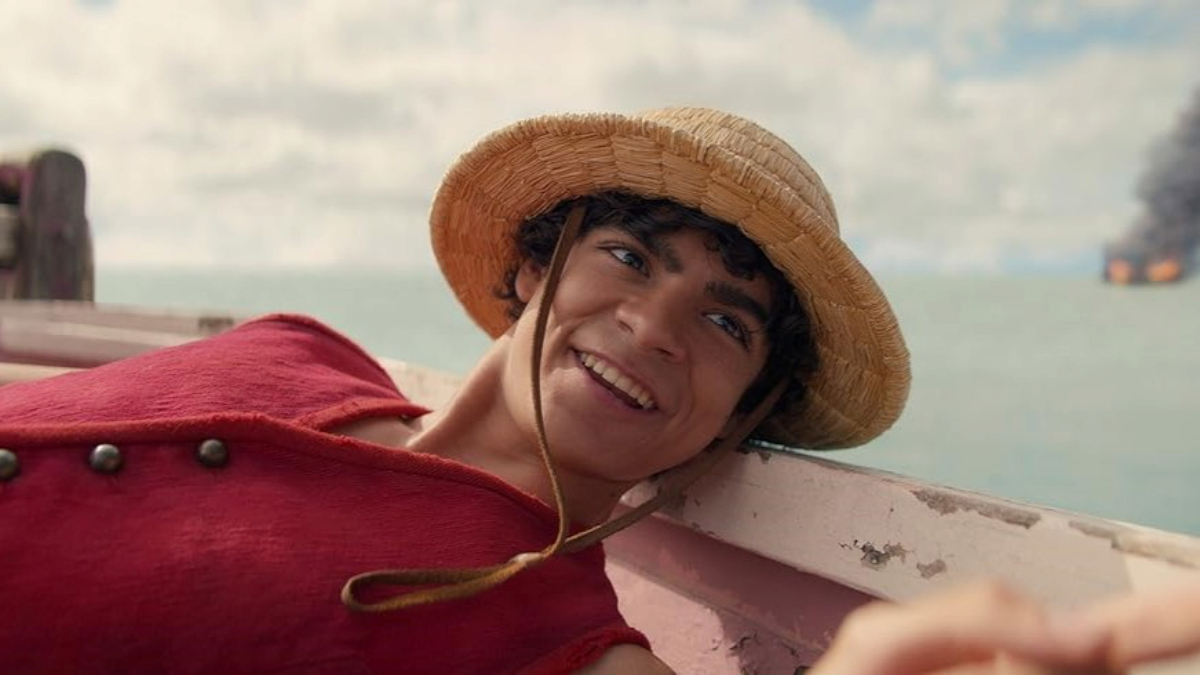

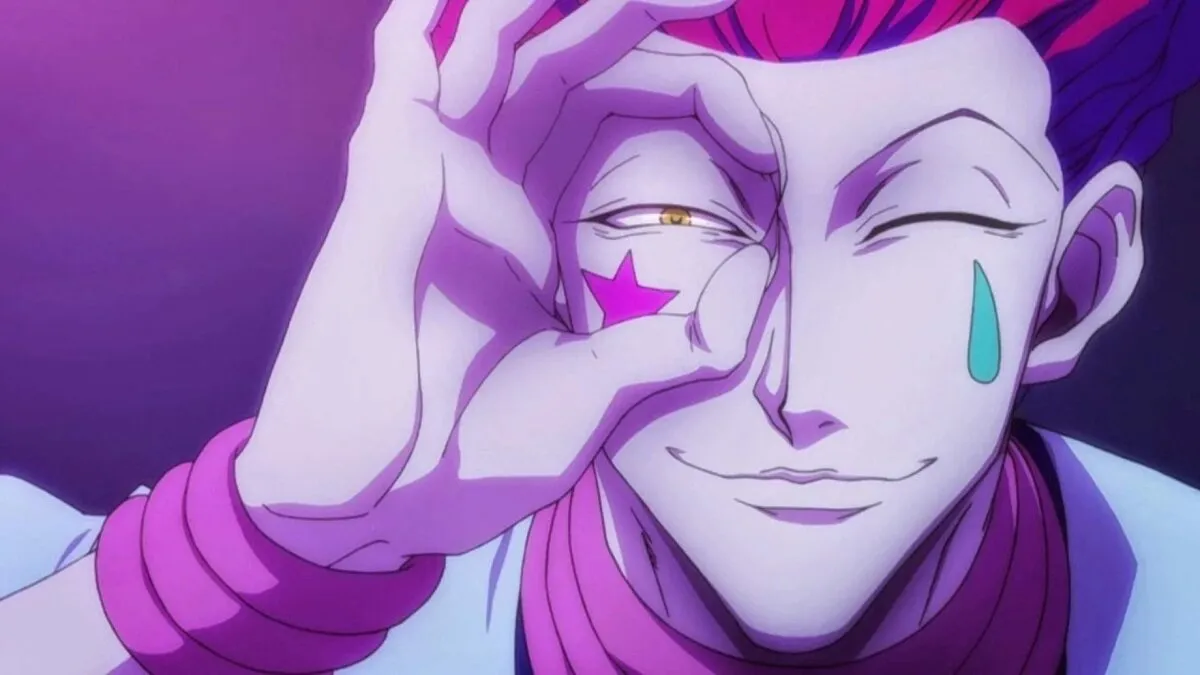
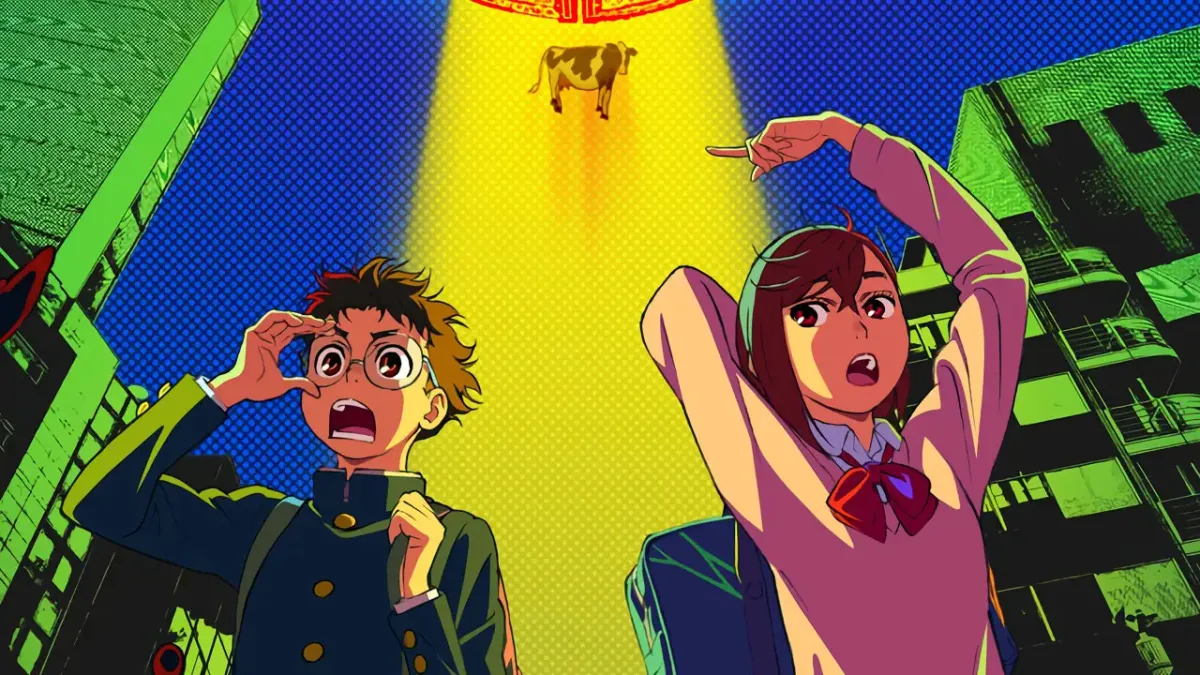







Updated: Dec 13, 2023 05:48 pm